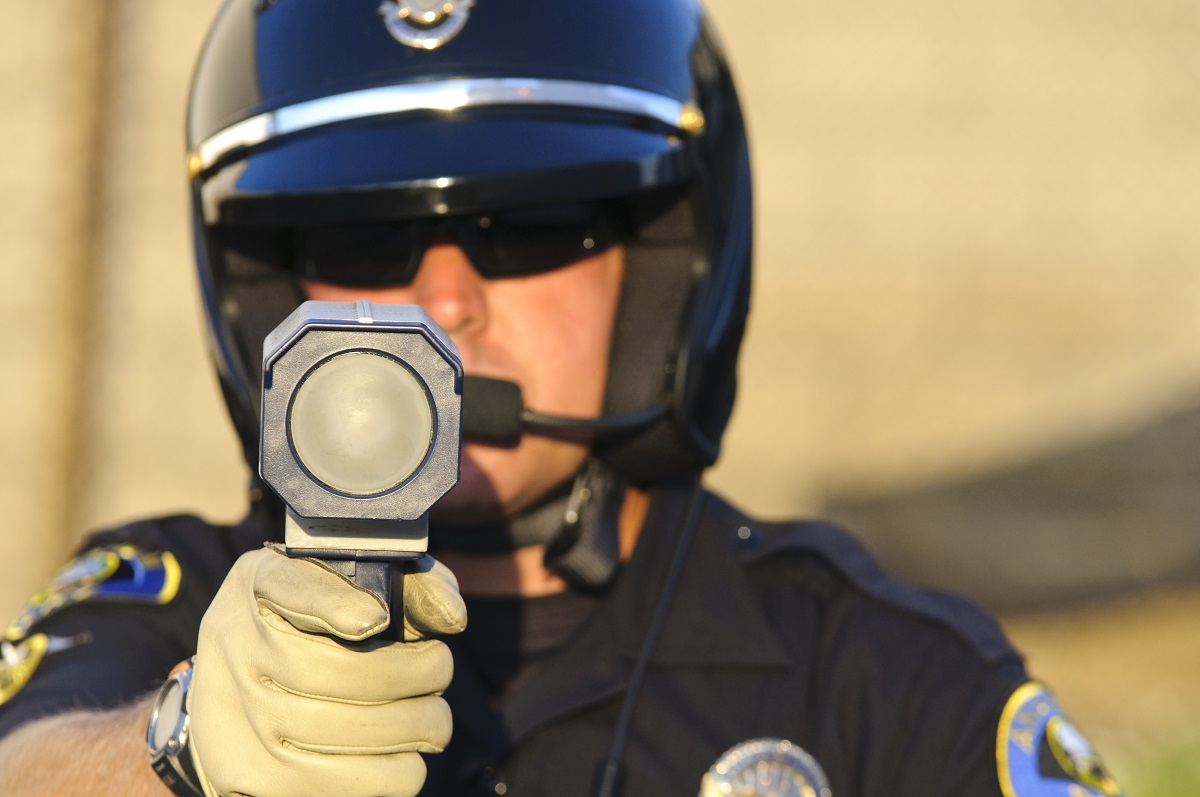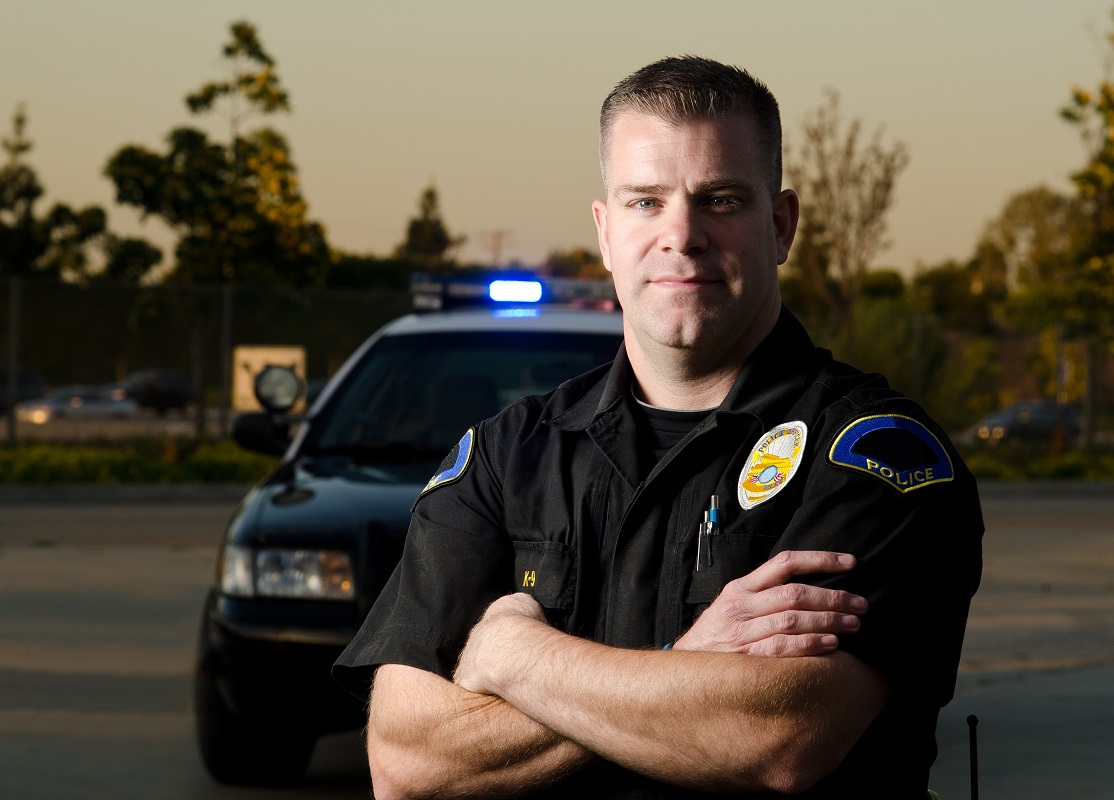- Increasing penalties, especially for repeat offenders, can discourage speeding and foster societal respect for speed limits.
- A high visibility of police presence on highways, including regular patrols and unmarked vehicles, significantly deters speeding.
- Community Speed Watch programs encourage community involvement in deterring speeding and upholding road safety.
- Speed Awareness Courses address the root cause by educating drivers about the risks of speeding and inculcating safer driving habits.
As a driver, you may have often wondered about the effectiveness of highway speed limits. Indeed, ensuring adherence to these speed limits is paramount for roadway safety. This document will introduce you to some of the best strategies to strictly enforce speed limits on highways, aiming to provide a safer and more orderly driving environment for everyone.
Adding Trackers and Penalties
One of the most effective ways to enforce speed limits on highways is by implementing tracking systems and penalties for speed violations. Here are some tips:
Utilizing Reliable Laser Radar Guns

Reliable laser radar guns are an excellent tool to measure vehicle speed accurately. These devices emit a laser beam that bounces off moving vehicles and returns to the unit. The device can determine a vehicle’s speed by calculating the time the beam travels back. This technology is highly accurate, making it an efficient tool for law enforcement agencies to track and penalize speeding motorists.
They can use these readings as solid evidence in cases of speed limit violation, discouraging reckless driving and promoting adherence to speed limits. Furthermore, the presence of law enforcement officers using radar guns often acts as a deterrent in itself, encouraging drivers to obey the speed limits.
Installation of Speed Cameras
Another effective strategy for enforcing speed limits on highways is the installation of speed cameras. These cameras, placed strategically along highways, automatically capture images of vehicles exceeding predetermined speed limits.
The images, which typically include details such as the violation’s time, date, and location, provide indisputable evidence of the offense. The owners of the vehicles can then be tracked and issued penalties, such as fines or points on their licenses, deterring potential violators.
The presence of speed cameras serves not only as a reminder to drivers to adhere to the speed limits but also as an effective tool for gathering evidence and enforcing penalties. In many jurisdictions, the revenue generated from these penalties is reinvested into road safety measures, creating a virtuous cycle that increasingly reinforces safe driving behaviors.
Increasing Penalties for Repeat Offenders
Increasing penalties for repeat offenders is a highly effective strategy for deterring highway speeding. Progressively increasing fines or penalties for each subsequent violation can strongly discourage repeat offenses. This strategy could involve escalating penalties from fines to mandatory driving education courses, license suspension, or even jail time for particularly egregious repeat offenders.
The fear of these harsher consequences can serve as a powerful deterrent for drivers, encouraging adherence to speed limits for safety and their legal well-being. Moreover, publicizing these penalties can further enhance their effectiveness by making all drivers aware of the potential consequences of their actions. Thus, a graduated penalty system can discourage individual drivers from speeding and foster a broader societal attitude of respect for speed limits and road safety.
High Visibility of Police Presence

High visibility of police presence is a proven deterrent for speeding on highways. Regular patrolling by police vehicles, especially in areas known for frequent speeding, instills a sense of caution among drivers, making them more likely to adhere to speed limits.
Visible enforcement actions, such as pulling over speeding drivers, serve as a clear reminder of the immediate consequences of violating speed limits. Police can also employ unmarked vehicles for speed enforcement, providing a constant, unseen deterrent.
Drivers never know when they might be observed, which encourages consistent adherence to speed limits. By maintaining a high-profile presence on highways and being proactive in enforcing speed limits, police can significantly reduce speeding-related accidents and improve road safety.
Community Speed Watch Programs
Community Speed Watch programs are innovative initiatives that leverage the power of community involvement to deter speeding. These programs train residents to use radar devices and record the details of speeding vehicles in their neighborhoods. While these community volunteers do not have the authority to issue tickets, they pass on the information to relevant law enforcement agencies.
These agencies, in turn, can send warning letters or impose penalties as needed. This grassroots approach helps enforce speed limits and fosters a sense of community responsibility for road safety. The visible presence of community members actively monitoring speed can also act as a potent deterrent for drivers who may otherwise be tempted to speed. Thus, Community Speed Watch programs represent an effective blend of social mobilization and law enforcement to promote adherence to speed limits on highways.
Implementing Speed Awareness Courses
Speed Awareness Courses serve as educational tools that help teach safe driving habits and adherence to speed limits. These courses are designed to enlighten drivers about the dangers of speeding, providing them with accurate information about stop distances, the effects of speed on crash impact, and the hazards associated with different road conditions.
They often use real-life examples and statistics to emphasize the importance of observing speed limits. Offering these courses as an alternative to fines or penalties for first-time or minor offenders can be an effective strategy.
It addresses the issue, of modifying driver behavior rather than imposing punitive measures. More so, by making it mandatory for repeat offenders, the course acts as a form of corrective training, reinforcing the repercussions of over-speeding and fostering a sense of responsibility among drivers.
In conclusion, it’s vital for you, as a driver, to respect speed limits to ensure safety on highways. Always pledge to adhere to these rules and actively participate in safety programs. Remember, every life saved from a speed-related accident is a victory. Drive safe, drive smart!


